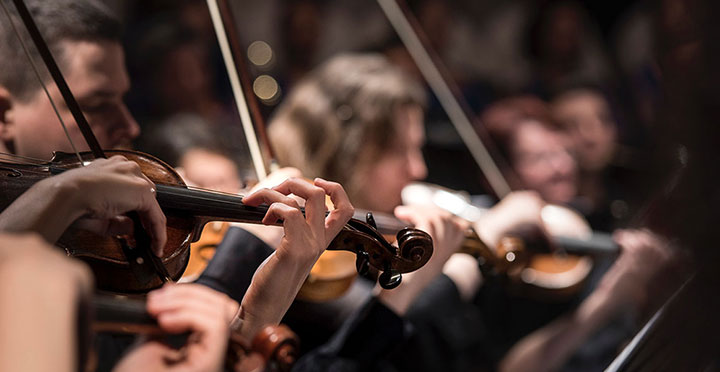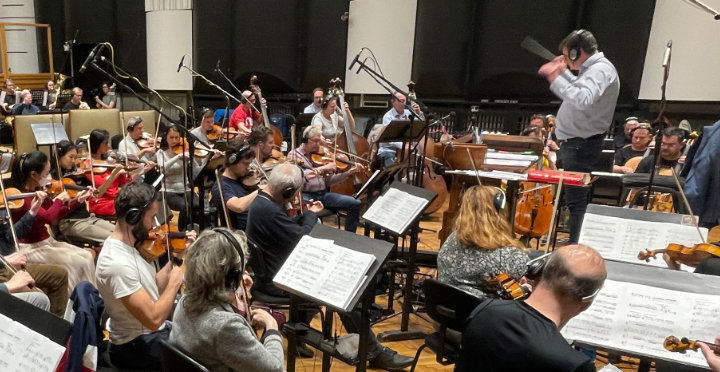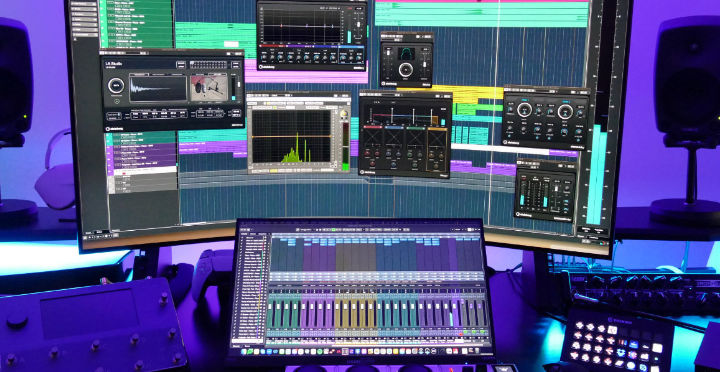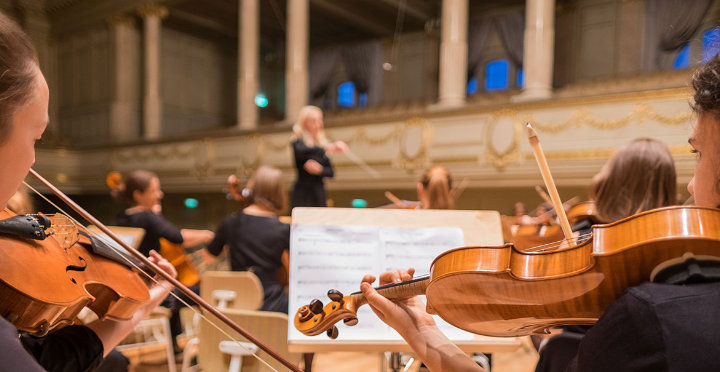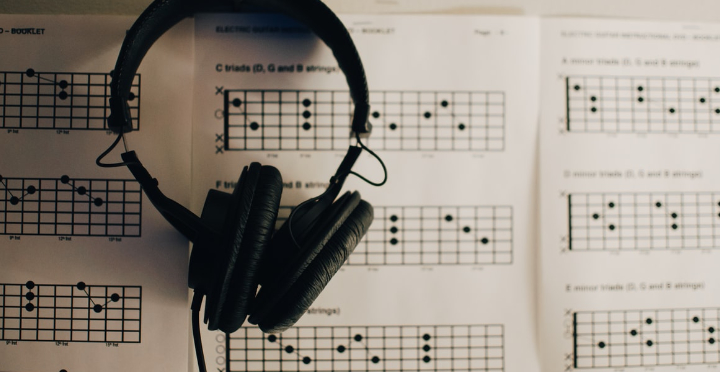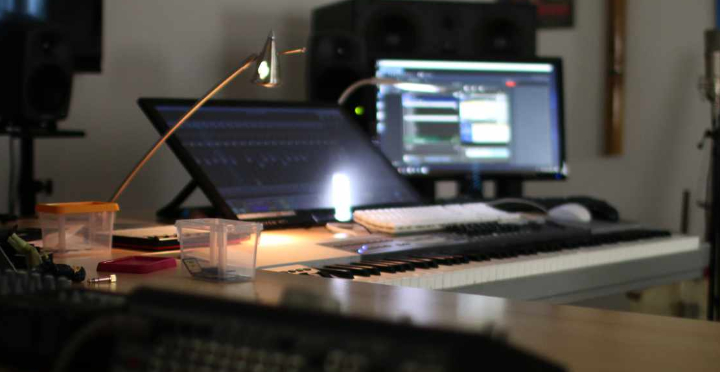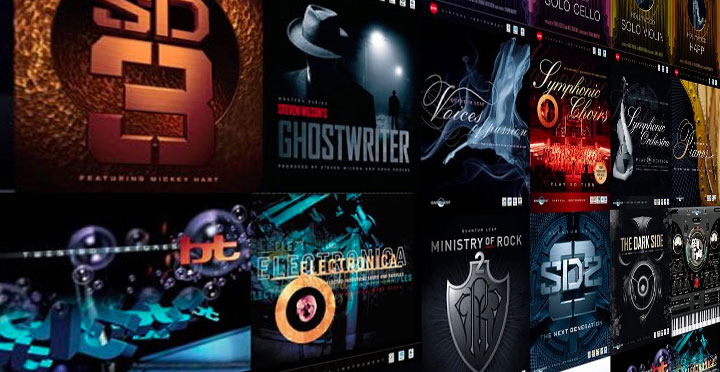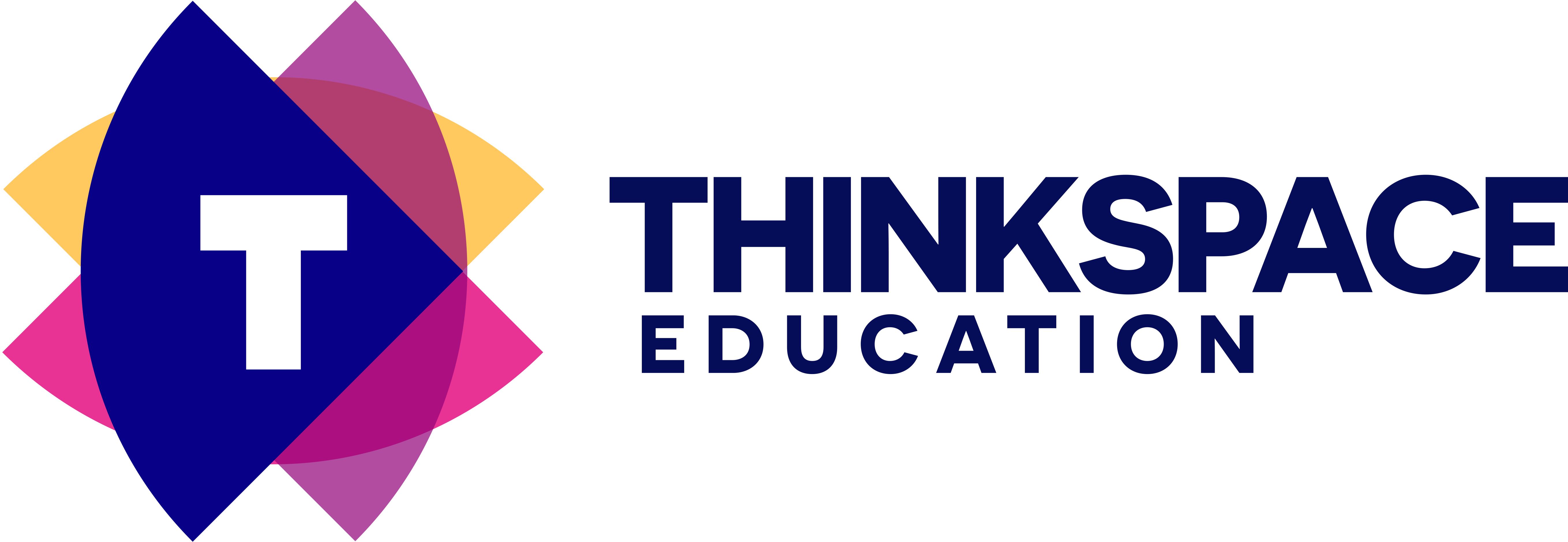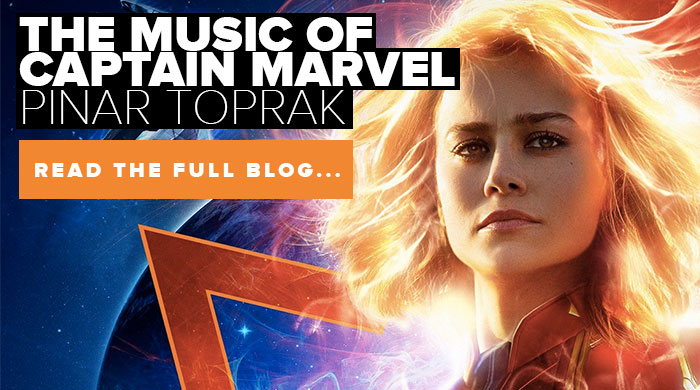An Analysis and Review by Lois Mugleston
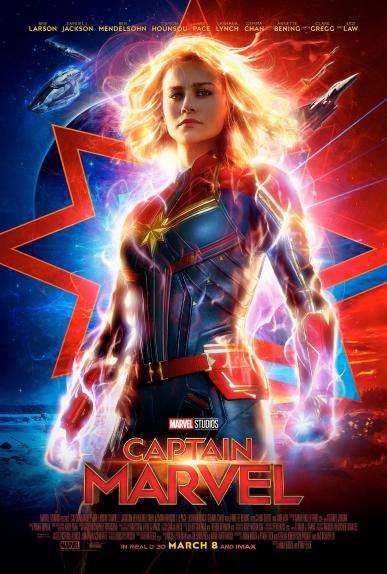
Captain Marvel is the first in the Marvel Cinematic Universe series to be led by a female protagonist. Alongside this, it is the first to have a female director, Anna Boden, and the first major action film to be scored by a woman since Shirley Walker scored Memoirs of an Invisible Man in 1992.
The original score was composed by Pinar Toprak. Toprak’s musical background began early, at the age of five, studying multiple instruments and composition in her home country of Turkey. She then moved to Chicago to study jazz, and subsequently studied film scoring at Berklee, before working with Hans Zimmer, and William Ross. She has produced music for the video game Fortnite, the Pixar short Purl, and provided additional music for Justice League. In 2010 she was on the Academy Awards shortlist for best original score for The Lightkeepers.
Recorded with a 90 piece orchestra at Abbey Road Studios, I was intrigued to find out for myself whether the music for Captain Marvel would live up to the hype surrounding the film.
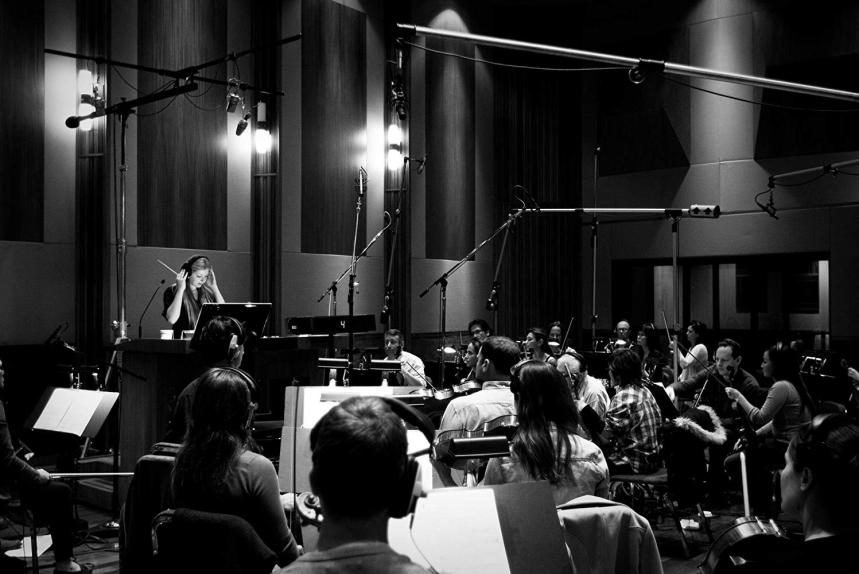
The score begins with synths and harp. Toprak reports that she used synths for the aliens and orchestral instruments for the humans (1). Whilst this isn’t always evident in the outworking of the score, the hybrid of 90s-sounding analogue synths and orchestra is executed in an expert manner, with synths and orchestra weaving in and out to create an interesting and cohesive whole. I particularly enjoyed the pulsed bass synth sound near the start, and the way that the retro synths give way to the orchestra as Captain Marvel heads out on her mission. String trills and harmonics are used as classic tension-building techniques, along with tremolos and discords, but Toprak also makes use of Zimmer-esque string ostinatos layered with synths.
When we hear the main ‘Captain Marvel’ theme (2) I did feel that it was rather indistinct compared to other superhero themes. Beginning strongly with a rising diminished seventh in the horns, it seems to somehow lose its way towards the middle, and part of the reason for this is the constant changing nature of the theme, in main melody instruments, rhythm, and texture. It would be emminently more ‘hummable’ if some sections of melody were repeated with variation, there was a stronger theme, and the melody went on for longer. Perhaps this is not what Marvel or Toprak were going for though.
There is a hilarious scene in the middle of the film where Captain Marvel is fighting with an old lady (who subsequently turns out to be a Skrull), and at times the music here is reminiscent of ‘The A Team’, with electric guitars, hi-hats and ride cymbals in abundance.
On reflection, I think there is almost too much music in the film overall, particularly the first 30 minutes which is wall-to-wall music. There is too much underscore, and it could have been sparser, making better use of silence, which would have led to greater contrasts. The underscore does feel like it is responding to dialogue rather than telling the audience anything new, and for me it was a bit distracting at times. The insertion of popular 90s songs into the film, such as Garbage’s ‘I’m Only Happy When it Rains’ shows a clever transition from non-diegetic to diegetic music, but the songs are completely separated from the orchestral score, rather than integrated. In my opinion this is a missed opportunity to create a more cohesive soundscape, but again, perhaps this is not what Marvel were going for.
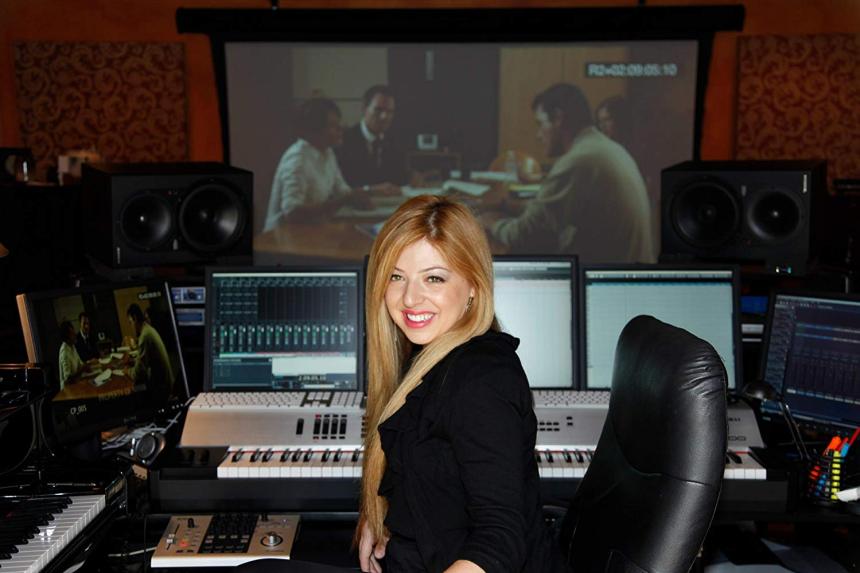
In some parts of the score there are some fabulous gnarly bass sounds as well as pitch shifting synths, coupled with string ostinati, all of which are very effective at creating tension and combining the alien ‘other’ with the humanity of earth. Toprak pays particular attention to some fabulously composed and recorded sordini strings in the scene where Marvel and her pilot friend Maria chat and try to piece together her memories (3). These are almost reminiscent of Rachmaninoff, with some beautiful musical suspensions and cello work, expertly done, and it was one of my favourite scenes musically.
As we finally gain insight into how Captain Marvel gained her powers, we hear big synths, along with effective and well-executed sound design, signalling musically that Marvel is both human and alien. Toprak uses trumpets sparingly and to good effect, in only a few scenes, preferring to concentrate on horns and lower brass for the majority of the film.
Overall, I enjoyed the modern-yet-retro synth sounds, which were unique and fresh. The pulsed basses were particularly effective. At times the music did seem to be creatively stifled and I would have loved to hear Toprak push things further, in terms of thematic material, innovation, and in better use of contrasts. I would have liked to hear her go much bigger in places. There was hardly any use of solo instruments, mostly the orchestra were playing in sections or all together. The themes were sometimes indistinct, constantly switching from one mood to another, from one tempo to another, and changing keys. However, Topak’s score has great attention to detail and some wonderfully tender moments. I think she was probably hindered from having a more distinct style by the genre and franchise that is Marvel. I’m sure that there is much more to come from this composer, and I can’t wait to see what she does next. I’d like to see her push the boundaries of the genre and be more innovative. I’m hoping for more Toprak and less Marvel next time, but perhaps that’s too much to ask!
References
1. Burlingame J. Captain Marvel Composer Shattered Glass Ceiling for Superhero Movies. 06.03.2019. Available from https://variety.com/2019/artisans/production/captain-marvel-composer-1203155677/ Accessed 25.03.2019.
2. Captain Marvel Main Theme. Available from https://www.youtube.com/watch?v=PdIIrxJyezE Accessed 25.03.2019.
3. Captain Marvel ‘Learning the Truth’ (37.01-40.18). Available from https://www.youtube.com/watch?v=q3JxD9301yM. Accessed 25.03.19.
If you enjoyed this make sure you check out our other blogs, and stay tuned for further lessons. If you’re serious about furthering your knowledge and your career in music, check out our Postgraduate and Premium courses on our website and see which ones are suitable for you. We’re always happy to help, so send us an email at contact@thinkspace.ac.uk with any questions and we’ll get back to you. Click the button below to take a look at our premium courses now.















